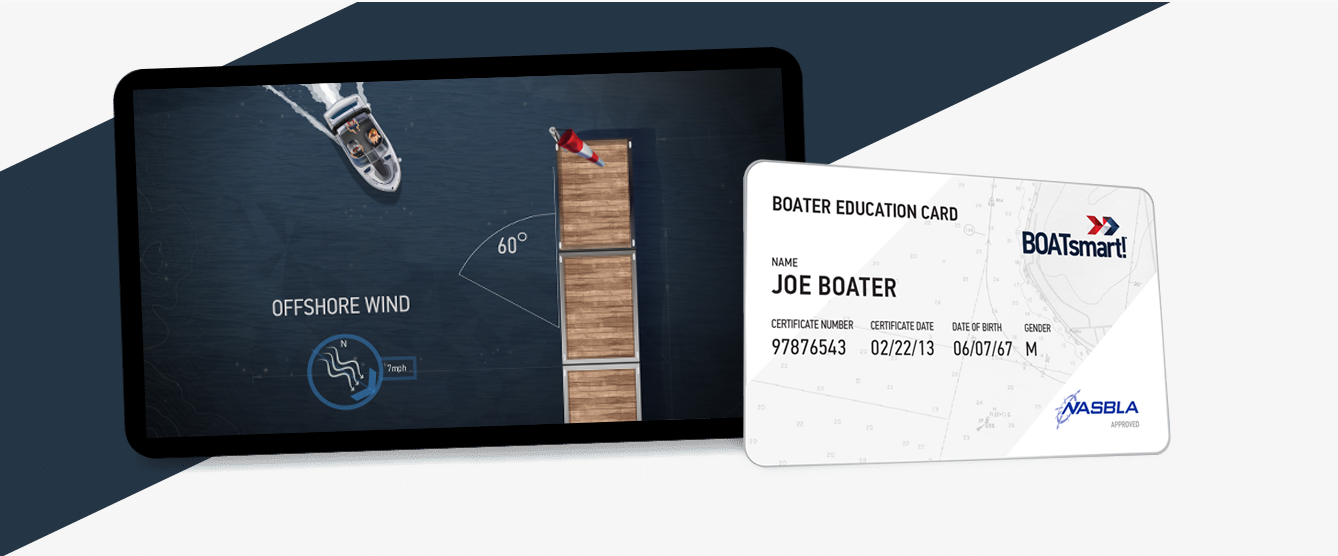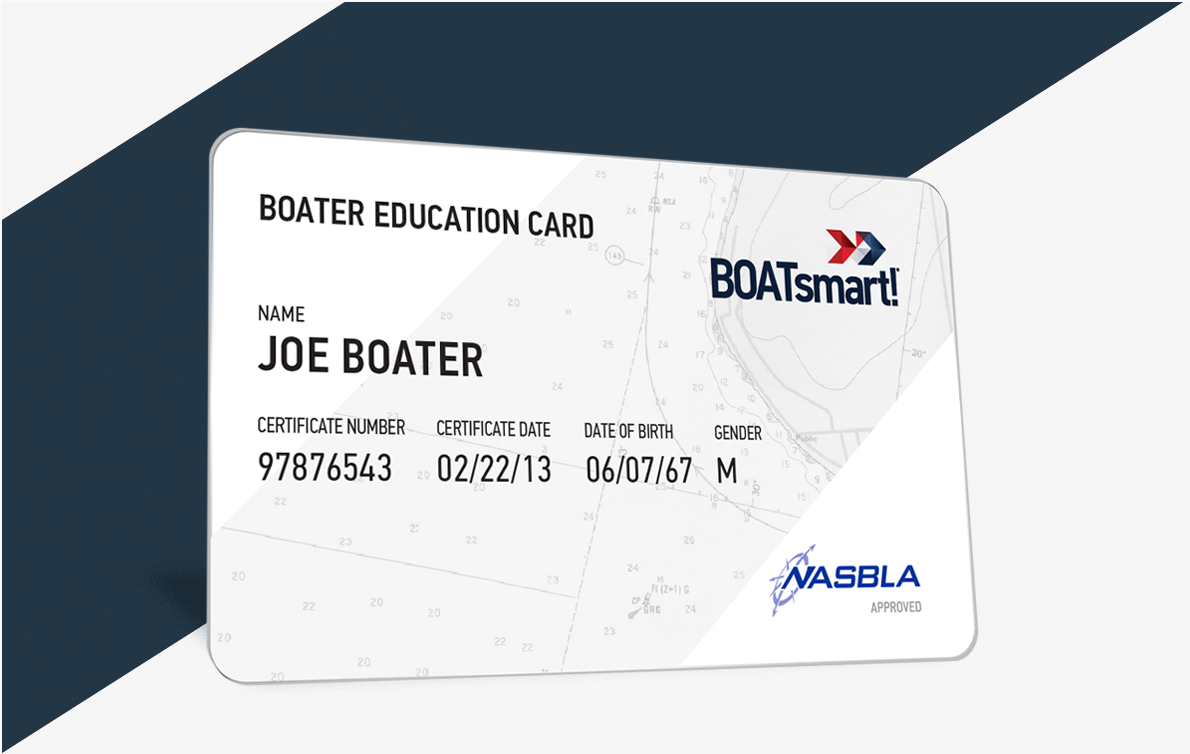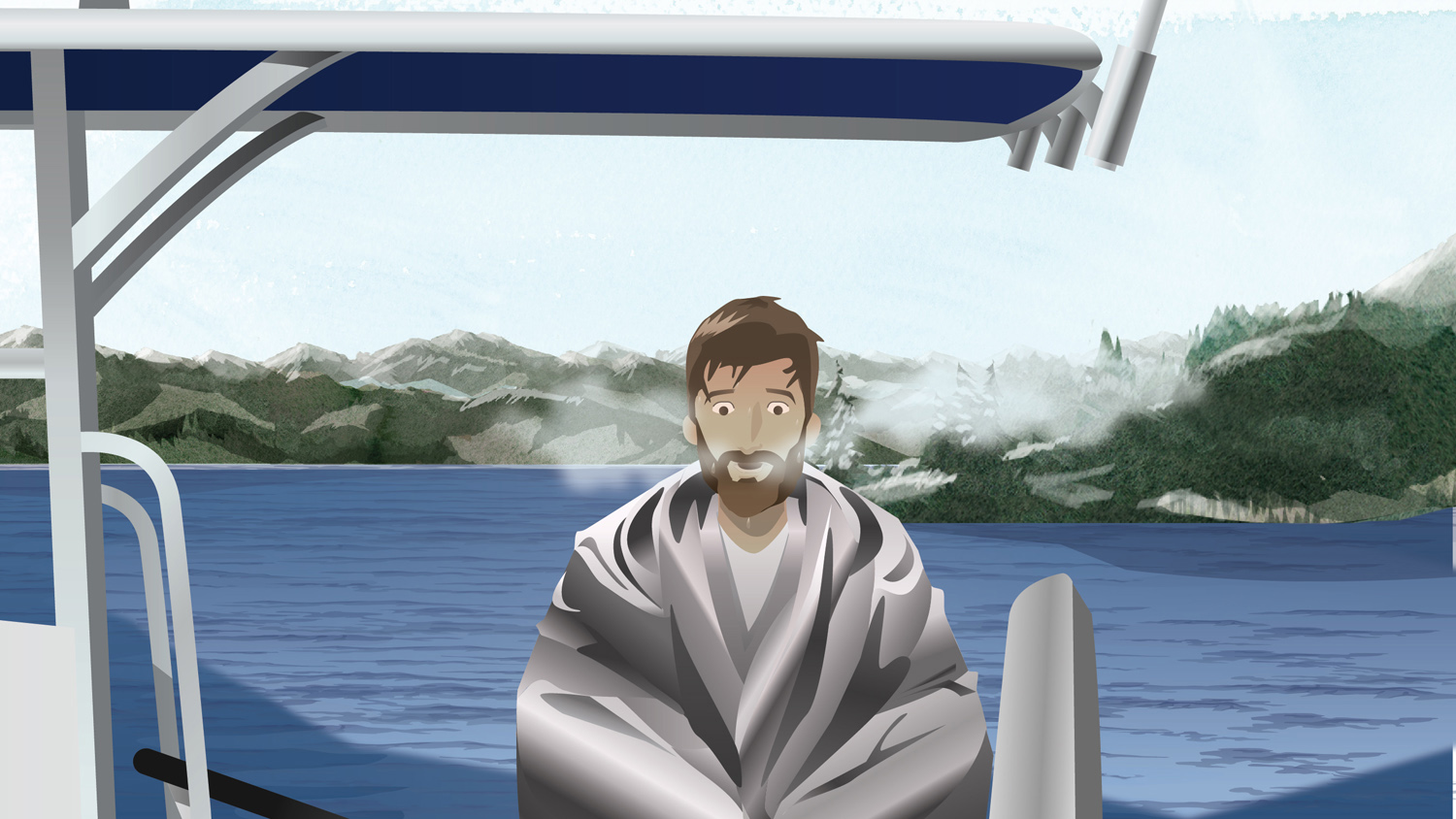BOATsmart! USA Knowledge Base
Module 06 - Other Water Activities Emergency Preparation
How to Respond to a Hypothermia Emergency
Take the following immediate actions:
STEP 1: Ensure that you’re wearing a Coast Guard-approved lifejacket before you begin the rescue.
STEP 2: Assess the person’s current condition: What stage of hypothermia have they reached?
STEP 3: Clearly identify yourself to the person and ask them to respond to you.
STEP 4: Assess your ability to help the person: Do you have warm, dry items on the boat that you can use to cover and warm them with? Will you be able to get them to shore quickly for medical help?
STEP 5: If necessary, exhibit a distress signal indicate your distress.
Perform the following rescue procedure:
- Cover their head and neck with warm blankets.
- Wrap their body in dry blankets or towels.
- Cover them with an insulating device (such as a reflective heat blanket) and moisture barrier.
Remember:
- If the person asks you for a warm liquid, they can have it—but NEVER give them a drink that has alcohol or caffeine in it.
- Do not rub or massage their body or limbs in an attempt to warm them up—doing this may damage nerve endings at the skin and encourage cold blood from the limbs to move to the core of their body.
- You can use your own body to transfer heat to the victim.
- You should always carry a safety kit, including equipment suitable for cold water and cold weather emergencies.
Remember that the water temperature does not need to be very cold for hypothermia to set in and take effect on a person’s body. In fact, under certain conditions, even prolonged exposure to dampness on a rainy day can put you at risk of hypothermia.


Get your Official North American
Boating License
The Official NASBLA and State-Approved Boating Course, Test & License.
Get your Official North American
Boating License
The Official NASBLA and State-Approved Canada Boating
Course, Test & License.




